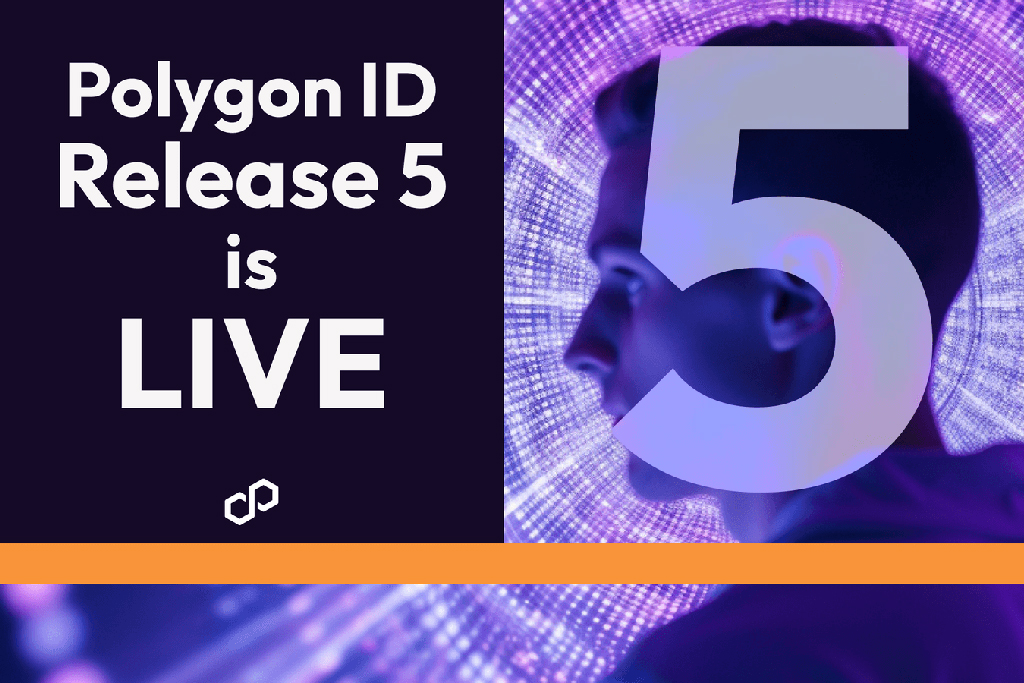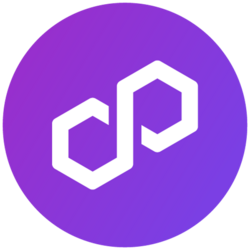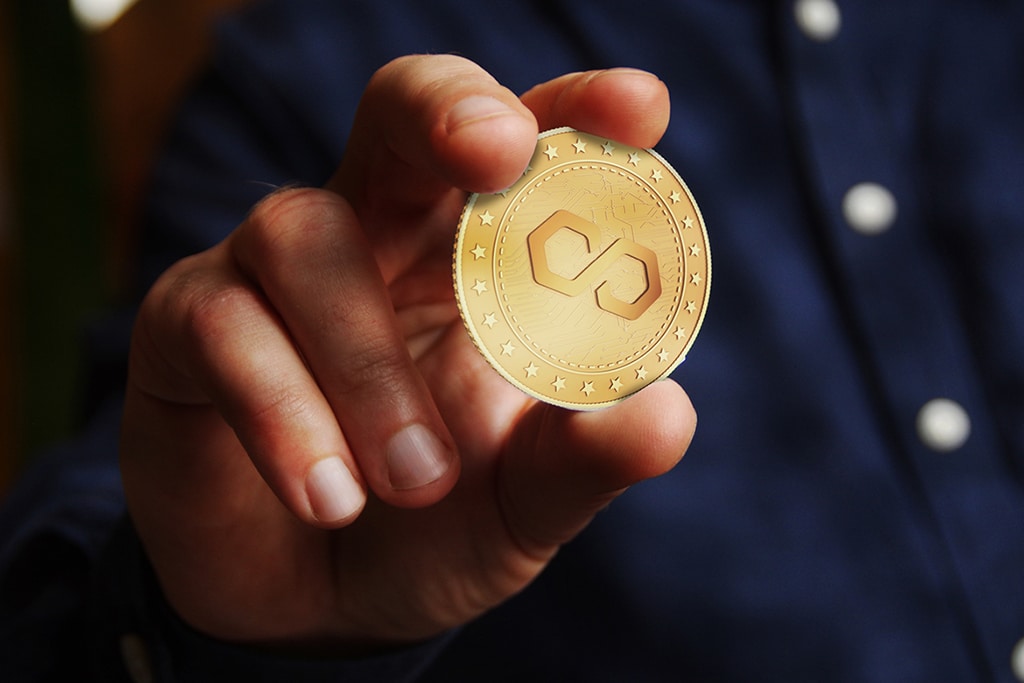
Polygon ID Release 5 Goes Live Boosting Credential Liquidity
Polygon ID Release 5 comes with exciting new features including on-chain issuer, issuer node, along with the addition of a new credentials marketplace.


1H
-0.03%$0.0001
24H
-1.05%$0.0019
7D
2.56%$0.0045
30D
-15.5%$0.0330

Polygon ID Release 5 comes with exciting new features including on-chain issuer, issuer node, along with the addition of a new credentials marketplace.

The Polygon ecosystem has grown exponentially in the past year with over 207 million unique addresses, and more than 2.3 billion processed transactions.

Polygon’s effort to bring the DeFi space to users started a while ago and has so far yielded many positive results this year.

Polygon could help the Ethereum blockchain to achieve up to 65,535 transactions per block.

Decentralized scalability platform solution Matic Network plans to issue personal tokens to every individual within the first quarter of 2021.
Polygon (previously Matic Network) is the first well-structured, easy-to-use platform for Ethereum scaling and infrastructure development. Its core component is Polygon SDK, a modular, flexible framework that supports building multiple types of applications.
Using Polygon, one can create optimistic rollup chains, ZK rollup chains, stand alone chains or any other kind of infra required by the developer.
Polygon effectively transforms Ethereum into a full-fledged multi-chain system (aka Internet of Blockchains). This multi-chain system is akin to other ones such as Polkadot, Cosmos, Avalanche etc. with the advantages of Ethereum’s security, vibrant ecosystem and openness.
The $MATIC token will continue to exist and will play an increasingly important role, securing the system and enabling governance.
Polygon (formerly Matic Network) is a Layer 2 scaling solution backed by Binance and Coinbase. The project seeks to stimulate mass adoption of cryptocurrencies by resolving the problems of scalability on many blockchains.
Polygon combines the Plasma Framework and the proof-of-stake blockchain architecture. The Plasma framework used by Polygon as proposed by the co-founder of Ethereum, Vitalik Buterin, allows for the easy execution of scalable and autonomous smart contracts.
Nothing will change for the existing ecosystem built on the Plasma-POS chain. With Polygon, new features are being built around the existing proven technology to expand the ability to cater to diverse needs from the developer ecosystem. Polygon will continue to develop the core technology so that it can scale to a larger ecosystem.
Polygon boasts of up to 65,000 transactions per second on a single side chain, along with a respectable block confirmation time of less than two seconds. The framework also allows for the creation of globally available decentralized financial applications on a single foundational blockchain.
The Plasma framework gives Polygon the potential of housing an unlimited number of decentralized applications on their infrastructure without experiencing the normal drawbacks common on proof-of-work blockchains. So far, Polygon has attracted more than 50 DApps to its PoS-secured Ethereum sidechain.
MATIC, the native tokens of Polygon, is an ERC-20 token running on the Ethereum blockchain. The tokens are used for payment services on Polygon and as a settlement currency between users who operate within the Polygon ecosystem. The transaction fees on Polygon sidechains are also paid in MATIC tokens.
The cryptocurrency market is unforgiving for mistakes and thus, the key principle of operating in the industry is actually making an educated choice. In this guide, we’d like to provide a detailed explanation of how to choose the right Bitcoin wallet.

iIn this guide, we will focus on the MATANA group that is expected to make headlines in the coming years, according to analysts.
